Retro Replay Review
Gameplay
The Quest for the Rings blends tabletop strategy with computer-driven action, creating a hybrid experience that stands out among fantasy board games. At the start of each session, the Ringmaster—one player acting as the ultimate adversary—hides ten ring tokens beneath castle tokens on the modular game board while the hero players watch. Once the rings are in place, heroes choose their characters and set off on a perilous hunt. The mechanics of hiding and seeking lend a palpable tension to every turn: you never know if the next castle visit will yield a crucial ring or a fierce monster ambush.
(HEY YOU!! We hope you enjoy! We try not to run ads. So basically, this is a very expensive hobby running this site. Please consider joining us for updates, forums, and more. Network w/ us to make some cash or friends while retro gaming, and you can win some free retro games for posting. Okay, carry on 👍)
Hero players must balance exploration and combat within a strict turn limit, which they agree upon before the game begins—50, 75, or 100 turns. Each visit to a castle or skirmish launched against lurking monsters burns precious time, and the clock can slip away faster than anticipated once you’re deep in a shifting hall or crystal cavern. This turn-based structure forces heroes to plan carefully and choose their paths wisely, rewarding those who weigh risk and reward at every step.
Combat is resolved through the computer’s joystick interface, which adds a tactile, arcade-like feel to each encounter. Whether you’re thrusting the warrior’s magic sword or weaving spells as the wizard, the digital controls feel responsive and keep the action engaging. The keyboard overlay lets the Ringmaster select labyrinth types—dungeons, infernoes, crystal caverns, or shifting halls—tailoring each challenge to the heroes’ strengths and weaknesses. This dynamic interplay between board positioning and digital combat is the cornerstone of the game’s depth.
With four distinct heroes—a sword-wielding warrior, a spellcasting wizard, an invisible changeling, and a wall-walking phantom—the game encourages diverse playstyles and teamwork. Each character’s unique abilities shine in specific labyrinths: the phantom’s stealth is invaluable in crystal caverns, while the wizard’s spells can turn the tide in infernoes. The Ringmaster can even jump into the fray, controlling powerful monsters like orcs, bloodthirsts, tyrantulus spiders, or dragons, keeping players on their toes and ensuring no two quests feel alike.
Graphics
Although the physical game board and tokens provide a charming, tactile foundation, the computer graphics breathe life into the hidden depths of each castle. When heroes enter a labyrinth, the screen transitions to a richly detailed 2D environment, where walls pulse with ethereal glow or heat ripples in molten infernoes. These digital vistas create an immersive contrast to the static board, reminding players that beyond the cardboard map lies a perilous world ripe for exploration.
The keyboard overlay, while primarily functional, is well designed and clearly labeled, making the transition from tabletop to screen seamless. Icons representing doorways, traps, and treasure appear crisply on the display, and joystick-driven combat animations—swords slashing, spells fizzing, and monsters recoiling—add an arcade flair to strategic battles. Though not cutting-edge by modern AAA standards, the graphics maintain a timeless, storybook aesthetic that suits the game’s fantasy theme.
Monster designs are particularly noteworthy: the bloodthirst’s flapping wings and the tyrantulus’s many spindly legs have surprising detail for a hybrid board game. Environmental effects, like sparkling crystal reflections or flickering torchlight in dungeons, amplify the sense of depth without overwhelming the processing power of the era. Overall, the presentation strikes a satisfying balance, using graphics to enhance immersion without detracting from the tactile joys of the board and tokens.
Story
The Quest for the Rings doesn’t rely on a sprawling written narrative but instead invites players to craft their own epic journey. The premise is simple yet compelling: ten enchanted rings lie hidden beneath the velvety shadows of castle ruins, and only four courageous heroes can retrieve them before time runs out. This open-ended framework encourages role-playing and shared storytelling, as each group shapes the quest’s drama through their choices and triumphs.
Each labyrinth type offers its own thematic backdrop: dank dungeons echo with distant drips of water, infernoes roar with ever-shifting flames, crystal caverns gleam with hidden pathways, and shifting halls twist as if alive. These settings act as narrative chapters, challenging players to adapt their tactics and personalities. For instance, the wizard might muse on arcane lore in the crystal caverns, while the warrior braves the infernoes to prove his mettle before the team.
The Ringmaster’s role extends beyond mere game control; he orchestrates encounters and heightens suspense by selecting traps and monsters that complement the heroes’ weaknesses. When a rogue dragon strides into view or a swarm of bloodthirsts darkens the corridor, the sense of peril feels personal and immediate. This improvisational element keeps the story fresh, ensuring each quest unfolds with unpredictable twists and turns.
Overall Experience
The Quest for the Rings succeeds at merging the strategic depth of board gaming with the immediacy of digital action. Its unique combination of physical components and computer-driven combat offers a novel twist on dungeon-crawling, one that emphasizes both planning and reflex-driven battles. Playing with a group of up to four friends, plus a Ringmaster, transforms each session into an interactive theater of fantasy, where every roll of the dice and joystick flick can mean the difference between glory and defeat.
Replayability is a standout feature. With four different heroes, four labyrinth types, and a variable turn limit, the permutations are numerous. The Ringmaster’s choices further diversify gameplay, leading to fresh challenges even on repeat visits. Fans of competitive coop will appreciate the push-and-pull of heroes racing against time, while those who relish storytelling will find ample room to embellish the quest’s lore.
On the downside, the hybrid setup can be daunting to set up initially, and the reliance on a functional computer can introduce technical hiccups. However, once you clear the table, assemble the board, and connect the keyboard overlay, the rewards—tenser battles, richer immersion, and shared triumphs—far outweigh the initial investment of time and space.
For tabletop veterans and digital gamers alike, The Quest for the Rings offers a memorable adventure that feels both classic and forward-thinking. If you’re seeking a game that challenges your strategic mind, tests your reflexes, and invites you to tell your own heroic saga, this title is well worth exploring.
 Retro Replay Retro Replay gaming reviews, news, emulation, geek stuff and more!
Retro Replay Retro Replay gaming reviews, news, emulation, geek stuff and more!
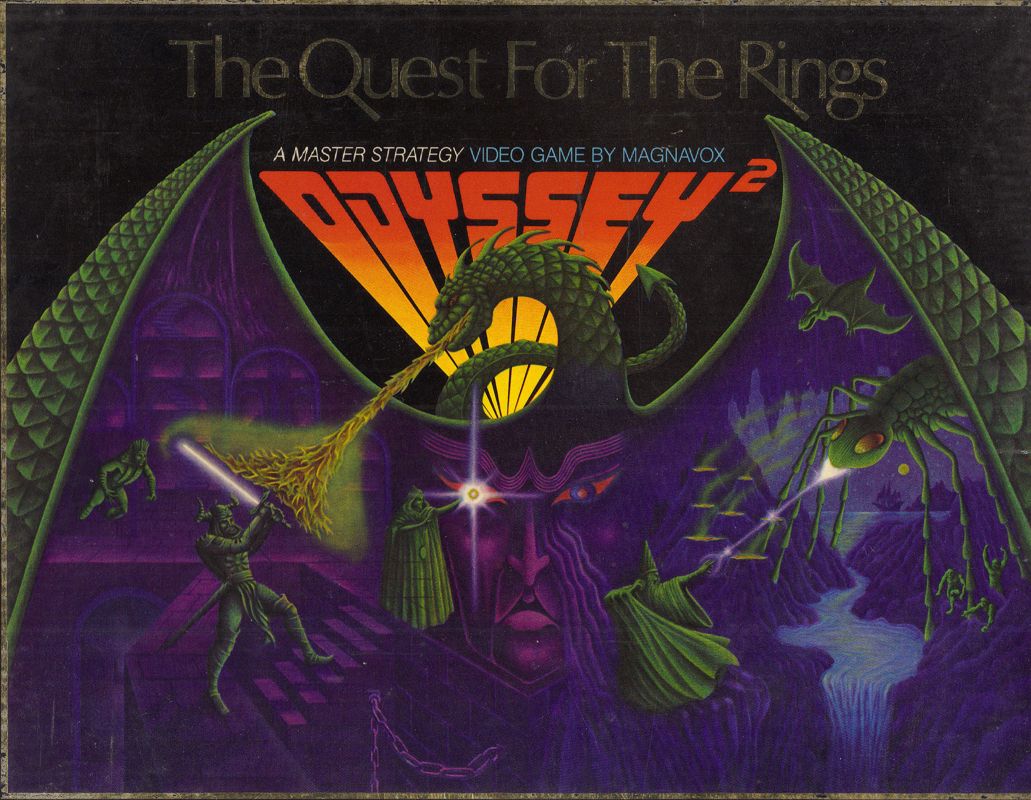
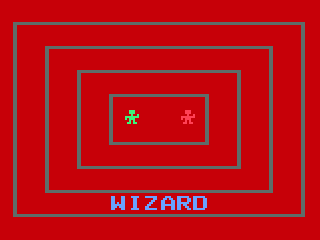
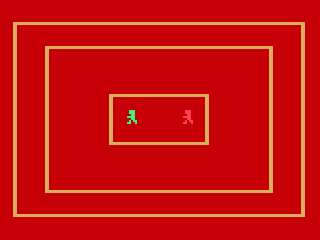
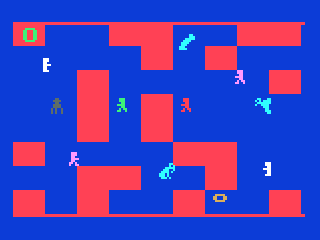
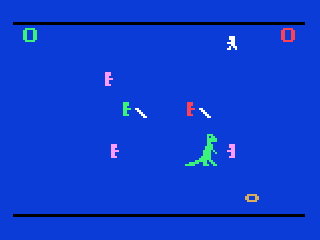
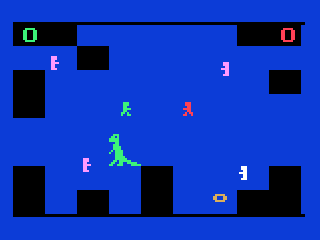



Reviews
There are no reviews yet.